Yamaha Journey Vol.26
This is the personal account of Norio Takada, who has toured South America 11 times on a Yamaha NEWSMATE T90N, with his wife in tandem.
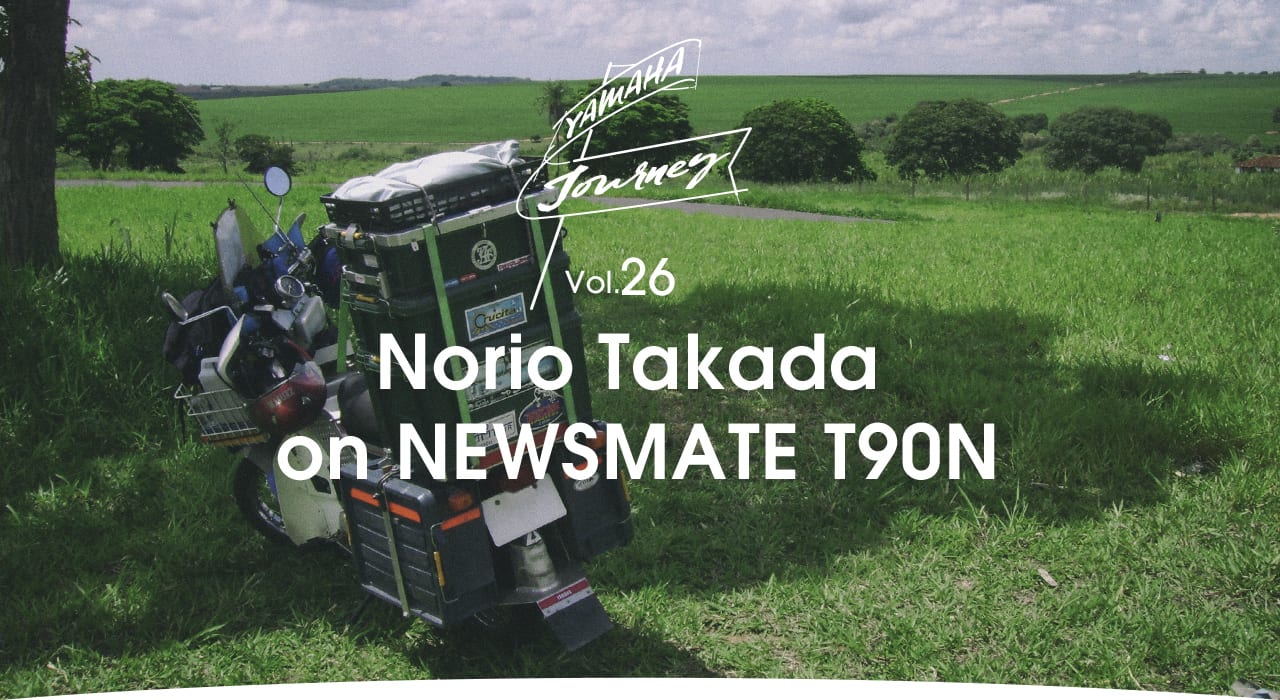
South America: Savoring the dreamland to my heart's content
Norio Takada
NEWSMATE T90N
#03: Enticed by the rhythm of samba
Brazil
Back in the '50s, when Norio Takada was in his twenties, it was literally just a far-off dream to travel to South America. 40 years later, the now fully grown man still with his youthful enthusiasm intact finally jumped headfirst into his fantasy and traveled across the continent, not just once, but 11 times. With his wife riding tandem, the accumulated mileage of their tours totaled 110,211km, a distance equivalent of travelling twice around the globe. What was it that fascinated this man about South America? In this final installment, Norio details the diverse culture and colors that he experienced in Brazil.
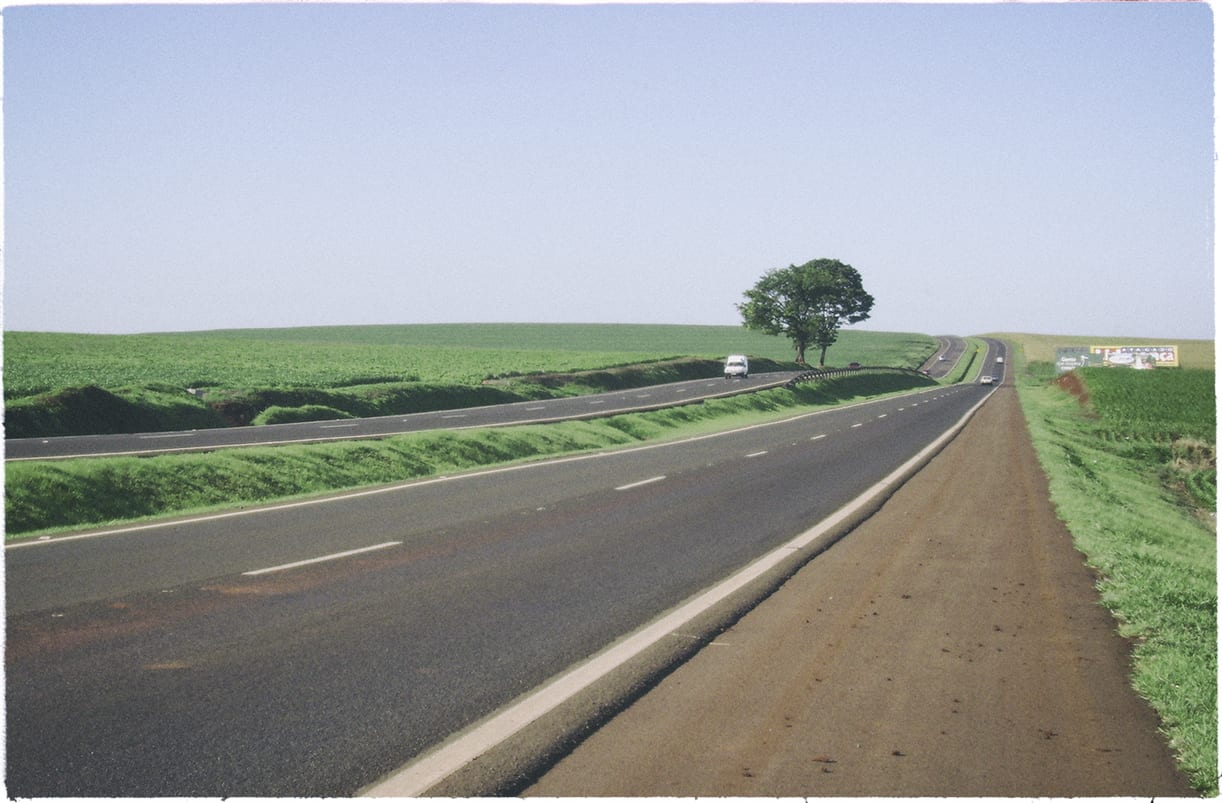
Not too long after heading west out of São Paulo, the largest city in South America, you find yourself in amongst vast open fields. Coffee, sugar cane, tea, oranges, soy and other things are grown here. A refreshing wind drifts over the 360°sparkling green fields.
Between Maringá and Medianeira, State of Paraná
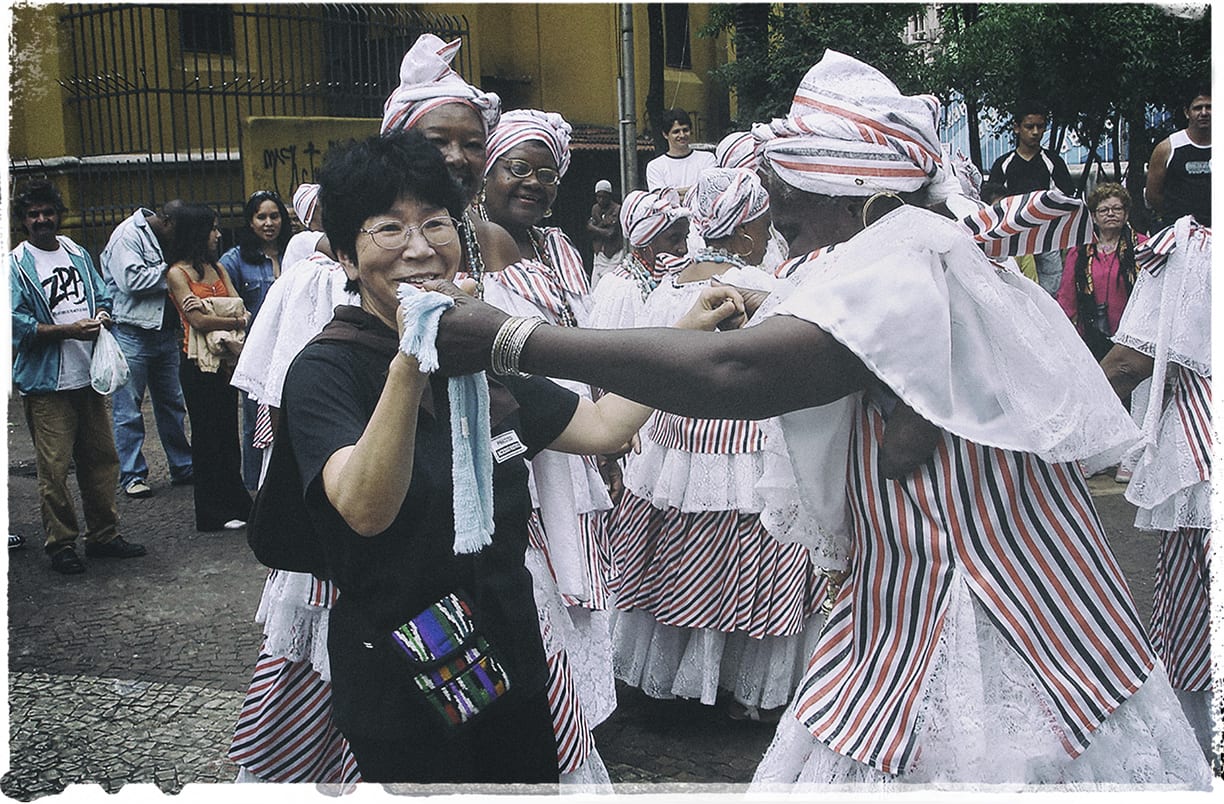
On the day of the fiesta, the local people parade through the streets in beautiful traditional clothing,
sometimes getting into rodas (rings) to dance. Here they got us dancing with them!
San Juan Street, São Paulo
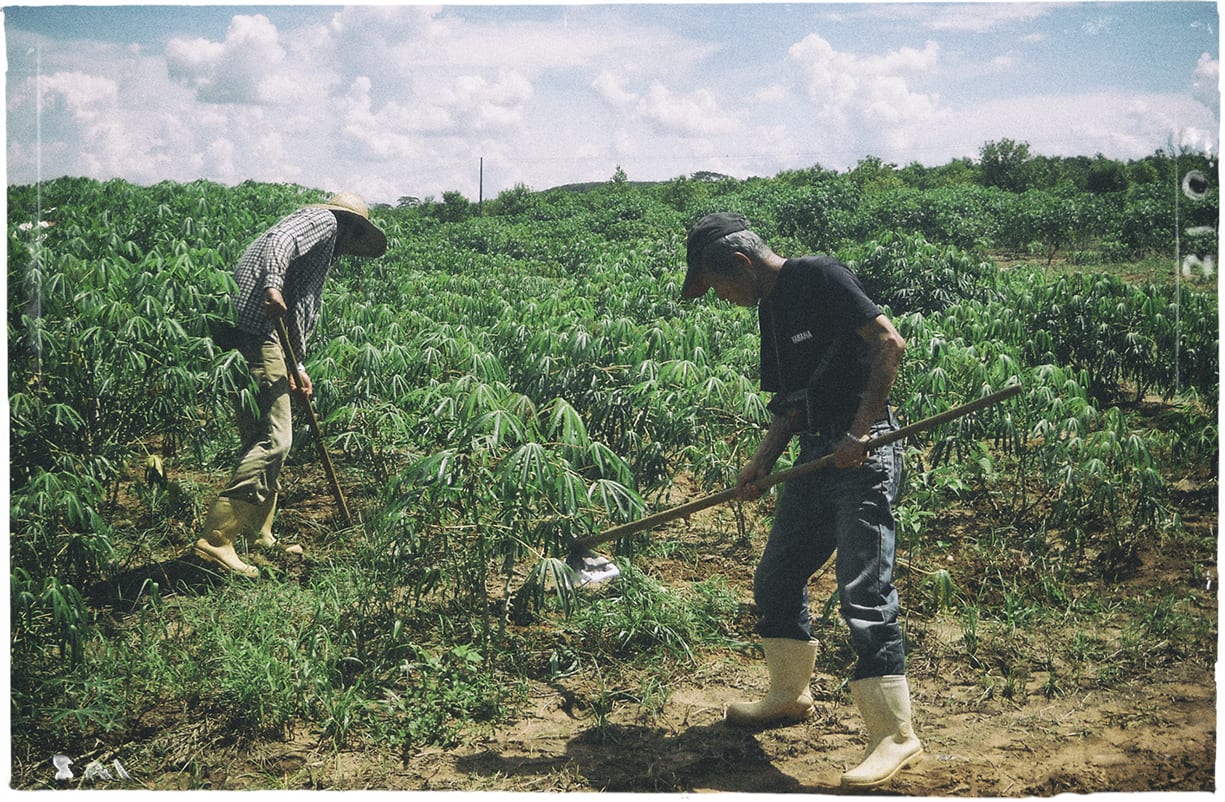
When you are travelling for a long time, for some reason there are times when you just want to take your mind off everything and do some manual labor. At a time like this, the welcoming Yuba Farm community is a great place to go to do just this.
Comunidade Yuba, São Paulo State.
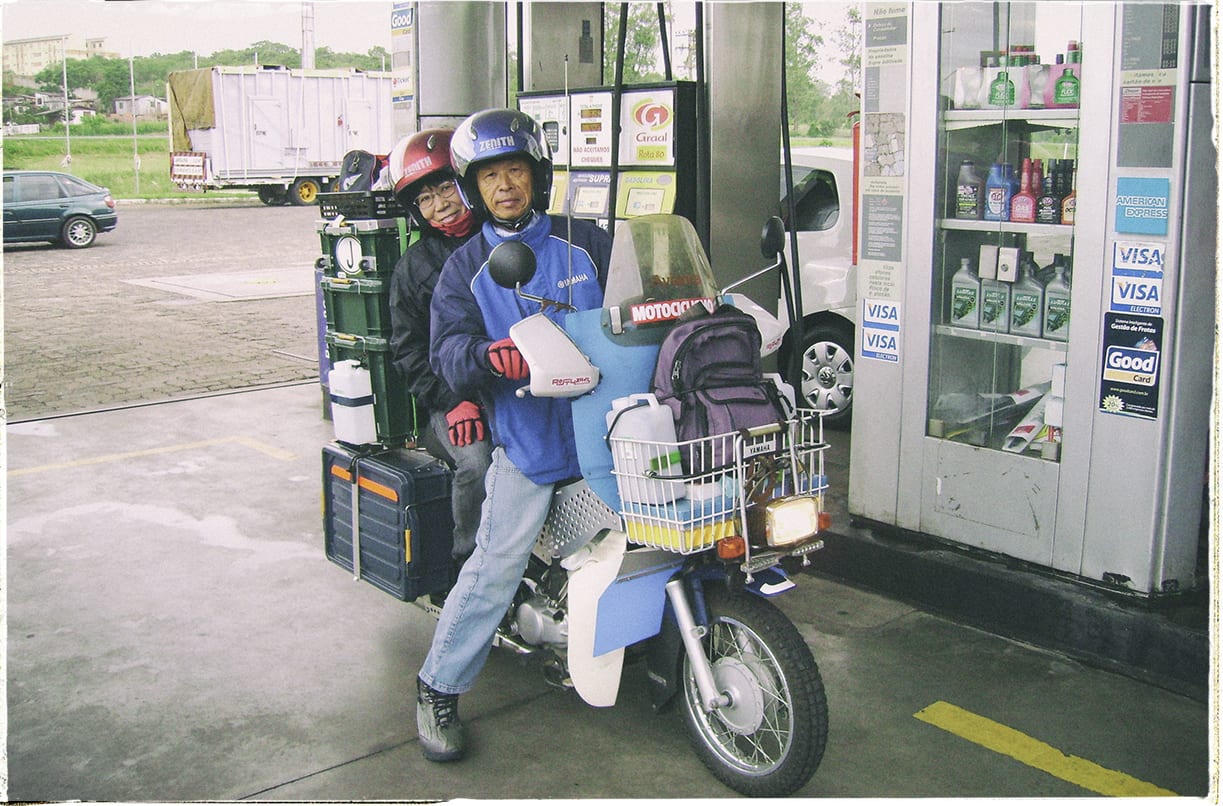
Refueling first thing in the morning. Leaving in high spirits hoping for another smooth day of travel. A few hours later we found ourselves stuck in the middle of a storm with torrential rain and intense cross winds.
Between Pelotas and Porto Alegre, State of Rio Grande do Sul.

Returning to São Paulo.
Between 1981 and 1984 I lived and worked in São Paulo, so it’s a city full of memories for me. In 2001, I returned 18 years since I lived there, starting out from Ponta Porã which lies on the border with Paraguay. The roads in Brazil remind me of the roads I experienced when touring across Hokkaido in Japan. The lush green fields that surround me on the hills here though are coffee plants, rather than the meadows of flowers I’d have stretching around me in the north of Japan. I never get bored of the environs here. There are a lot of unpaved roads, and riding two-up with a 90cc bike can be slow moving. However much I twist the throttle I tend not to go over a comfortable 70kmph. It can be a little hard going uphill in this terrain, but that’s not a problem because I’m never in any hurry. Each time I get tired, I just stop my bike at the side of the wide road and take a short break. Nothing clears the mind like looking out in a reverie across the sea of coffee leaves rustling in the wind.
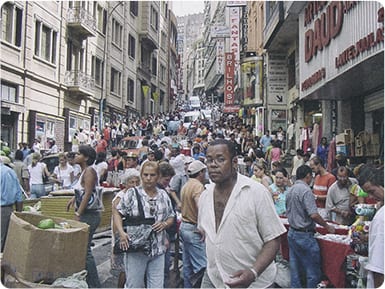
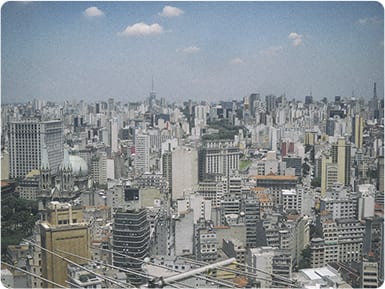

As I approached the outskirts of São Paulo, more and more of the landscape became familiar, and memories started flooding back. I follow alongside the river and turn right into the area where many Japanese live. This is also where I was stationed back in the day. I put away the map as I was certain I wouldn’t need it from this point. I couldn’t have been more wrong as this was the first mistake I made. Back when I lived in São Paulo, the city was already growing with the population reaching ten million. However, as a consequence of constant redevelopment, the whole townscape had completely changed and was now completely unrecognizable to me. I ended up getting completely lost, over and over again. While focusing on finding my way, I was going around in circles countless times. I couldn’t help but feel the energy being created by a continually growing city.


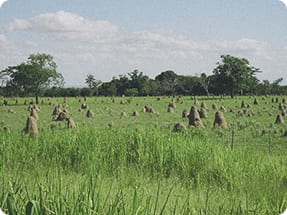
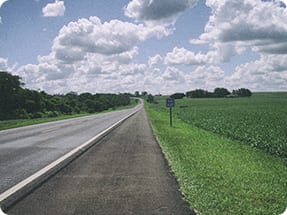

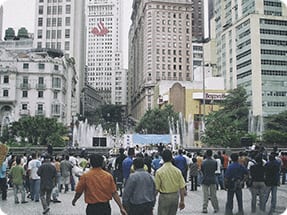
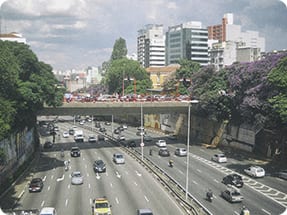
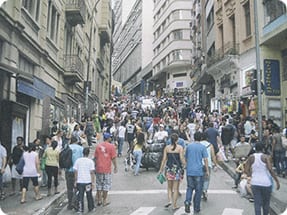

The reverberating samba rhythms on the streets brimming with heat.
I’ve been back to São Paulo many times over the years. There are three main hooks that keep drawing me back in. The first thing is the food. One of my favorites is the famous Brazilian barbeque specialty, churrasco; juicy strips of red meat cut and served in seemingly endless succession. On top of the excellent local food that São Paulo boasts, being such a multicultural hub, you can also get great Italian, Spanish, Portuguese and Mexican food here too. There are a lot of Brazilians of Japanese descent too, so you can find some excellent places to enjoy Japanese food - some amazing sushi as well.
The next big draw to the city is the samba. You can hear the rhythms of samba echoing through the streets everywhere in São Paulo. In the parks, on the corners, you’ll see groups of people singing and dancing around a guitar player. These “Samba de roda” circles or half-circles of people aren’t performing for onlookers, rather passionately absorbed in the seductive rhythms and melodies of the music. The samba rhythms seem to run through the DNA of the people here with men and women of all ages compelled to dance whenever they hear the beat.
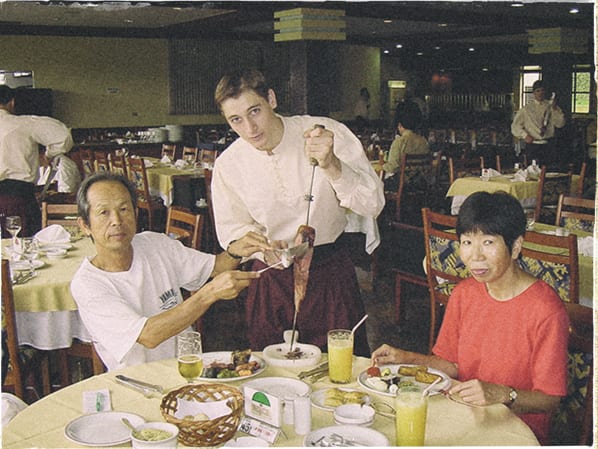


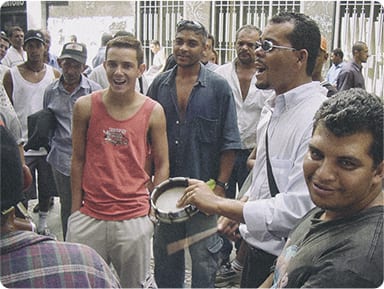
The last reason I keep coming back to São Paulo is the carnival. Although most people think of Rio when they hear the word “carnival”, the São Paulo one is of just the same scale and energy. Held in February, the performers start practicing in the samba schools from December. With the local people in charge of making the floats, and preparing things like the tickets for the event, the whole town gets very busy with a charged atmosphere of anticipation. It goes without saying that I love the carnival itself, but I get just as excited being amongst the teeming energy of the build-up to it too.

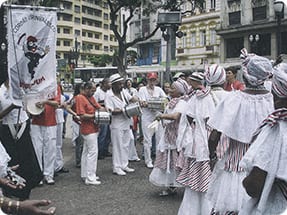
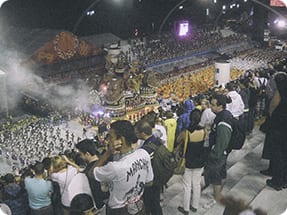

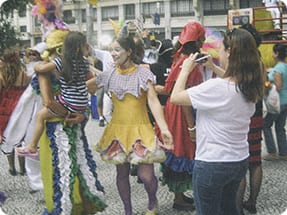
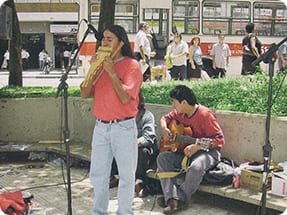

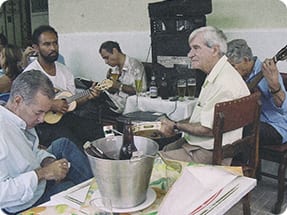

Captivated by the lifestyle
Besides São Paulo, there are many other impressive towns and cities in Brazil that I love to visit when I come back. For example, Paraty with its long history and vibrant culture, and Aparecida with its breathtaking neo-Romanesque basilica that attracts pilgrimages from all over the world are favorites. Wherever I go in Brazil I get a strong feeling of the multicultural roots of the country. Everyone interacts with each other yet while proudly boasting their own heritage, creating what is quintessentially Brazil.
Japanese immigrants who traveled from Japan to Brazil more than 100 years ago have also built their own culture in this country. This is very clearly exemplified in the small village of Aliança, located 600-kilometers northwest of Sao Paulo. About 30 Japanese immigrant families live here forming a mostly self-sufficient community centered around the Yuba Farm; cultivating fields, keeping livestock, and making soy sauce and miso by themselves. Visitors are welcome to stay there and in return for doing labor on the farm can get food, water, accommodation and clothing for free. My wife and I stayed there for around a week; I worked in the fields while my wife helped out cooking for the community. There is also a theater inside the ranch, with concerts held at night. We watched a senior woman give a piano performance. It was interesting to have seen her working in the fields covered in soil during the day, now up on stage giving a recital in a shiny formal dress. Such a rustic yet rich way of life exists here. Although we were only there around a week, the memory of the place will remain with me for the rest of my life.


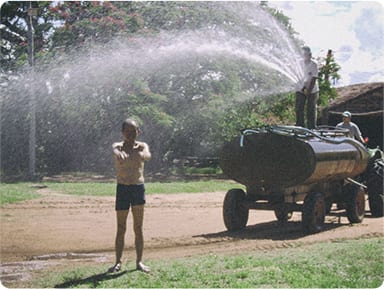
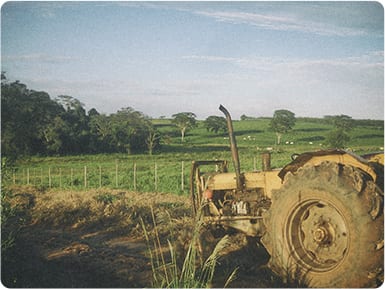
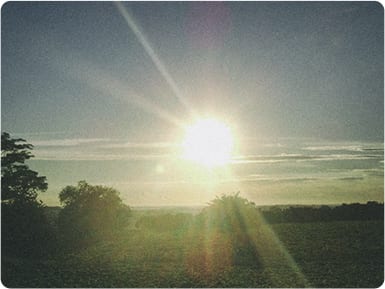
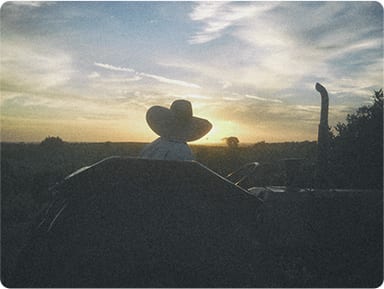
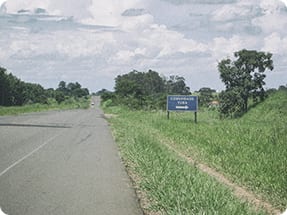
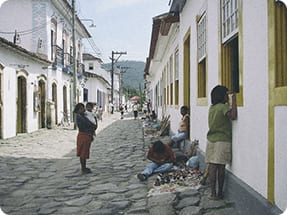
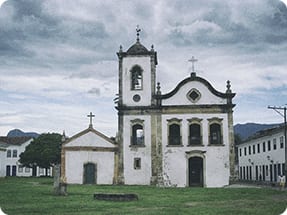
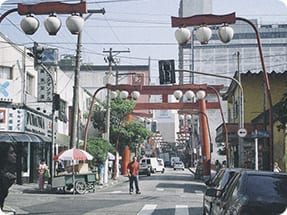
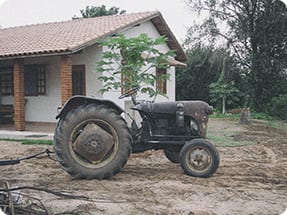
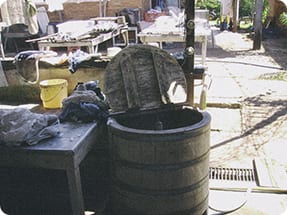
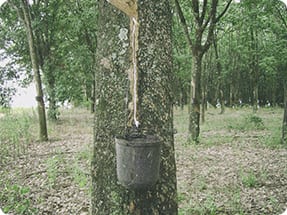
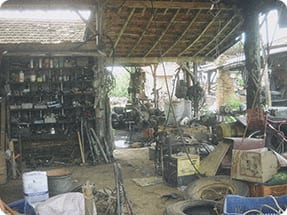
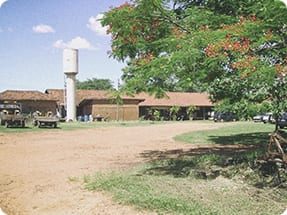
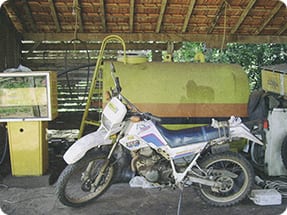
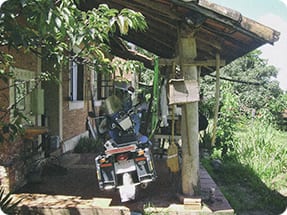


Living in perfect harmony
Each person living at their own pace in perfect harmony with one another. A young man dancing to samba on the street, pilgrims on route to the basilica, Japanese heritage locals living in a farming community – if you didn’t travel, you would never encounter these people, and the real thrill is to get to meet them totally by chance. It’s not just people that you get to meet on these journeys, though. The magnificent Andes, the smell of the tide drifting in to a port town, the sound of swaying coffee leaves, the dry air in the desert – my bike has given me the chance to experience all of this. In the future, I want to ride through so many more countries, enjoying so many more chance encounters. This is how I felt at the end of my 110,000-kilometer journey.
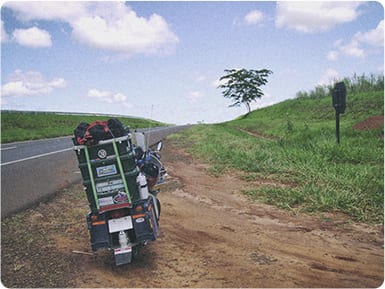
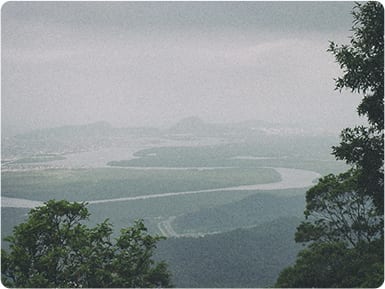

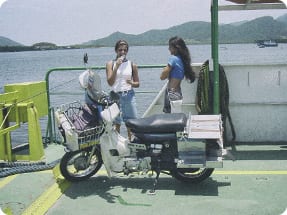
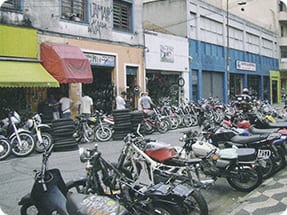
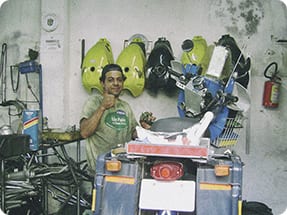

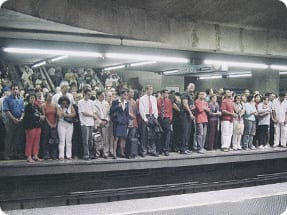
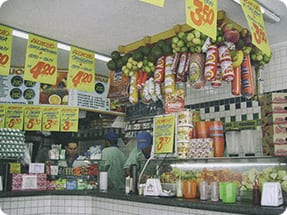
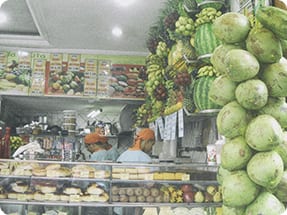



Norio Takada / Kazuko
Born in 1938 in Hamamatsu, Shizuoka.
Despite a longing he gained through a love of latin music in his twenties, Norio never had a chance to travel across South America. That was until 2000, when he retired and rode a motorbike with his wife Kazuko, in tandem, from Los Angeles to Sao Paulo, a 582-day 42,000km epic voyage. By 2017, they had made 11 South American journeys, totaling 1,894 days and 110,211km.